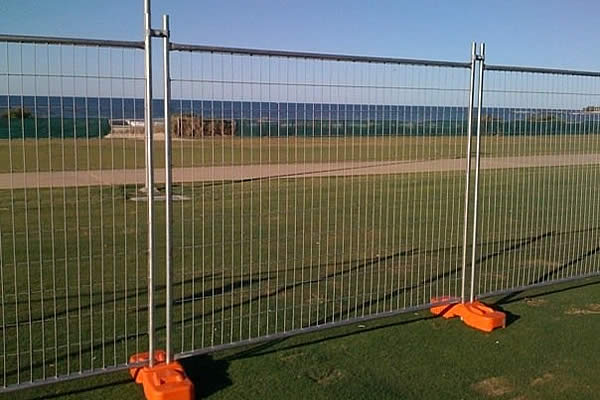 TEL:
+86-13102802206
TEL:
+86-13102802206
 Email:
fencenetting@china.com
Email:
fencenetting@china.com
 Language
Language
 TEL:
+86-13102802206
TEL:
+86-13102802206
 Email:
fencenetting@china.com
Email:
fencenetting@china.com
 Language
Language


Barbed Wire Fence Stakes A Comprehensive Guide
When it comes to securing a property or demarcating boundaries, barbed wire fences stand out as a practical and effective solution. Composed of sturdy wire twisted with sharp points, these fences deter intruders and safeguard livestock. However, the effectiveness of a barbed wire fence largely relies on how well it is installed, and this is where barbed wire fence stakes come into play.
Understanding Barbed Wire Fence Stakes
Barbed wire fence stakes, often referred to as fence posts, are vertical structures that provide the necessary support for the barbed wire strands. Typically made from materials like wood, metal, or PVC, these stakes are crucial in maintaining the integrity and tension of the fence. The stakes provide a framework onto which the barbed wire can be securely fastened, ensuring that the fence remains upright and functional under various environmental conditions.
Material Choices for Fence Stakes
1. Wooden Stakes Wooden stakes are a popular choice due to their aesthetic appeal and natural insulation. They are often treated to resist rot and insect damage, enhancing their longevity. However, wooden stakes can be susceptible to warping and breaking over time, especially in harsh weather conditions.
2. Metal Stakes Metal stakes, particularly those made from steel or galvanized iron, offer unmatched durability and strength. These stakes are resistant to weather elements and can withstand greater tension from the barbed wire. However, they can be more expensive than their wooden counterparts.
3. PVC Stakes PVC stakes are lightweight and resistant to moisture and corrosion. While they may not provide the same level of strength as wood or metal, they are an excellent option for light-duty fencing needs or areas where aesthetics are a concern.
Installation Considerations

Proper installation of barbed wire fence stakes is crucial for the overall effectiveness of the fence
. Here are some key considerations1. Spacing The spacing between stakes can vary, but a common distance is 8 to 12 feet apart. This spacing ensures that the barbed wire remains taut and provides adequate support without sagging.
2. Depth It is essential to bury the stakes deep enough to withstand wind and other forces. Generally, one-third of the stake should be underground to provide stability.
3. Alignment Ensure that all stakes are aligned vertically. This not only enhances the fence's appearance but also ensures that the barbed wire can be tensioned evenly.
4. Tensioning the Wire After installing the stakes, the barbed wire should be strung tightly between them. Adequate tension is crucial; too loose can result in sagging, while too tight can lead to breakage.
Maintenance of Barbed Wire Fences
Once the barbed wire fence has been installed, maintenance is key to prolonging its life. Regular inspections should be conducted to check for any damage to the wire or stakes. Replace any broken or rotted stakes promptly to maintain the fence’s integrity. Additionally, ensure that the barbed wire remains tensioned and free from debris.
Conclusion
Barbed wire fence stakes play a vital role in the effectiveness and longevity of barbed wire fencing. By choosing the right materials, following proper installation procedures, and maintaining the fence regularly, property owners can ensure their barbed wire fence serves its intended purpose for years to come. Whether for agricultural use, property demarcation, or security applications, well-installed barbed wire fences can provide an affordable and efficient solution to protect property and assets. A little investment of time and resources into the proper selection and maintenance of fence stakes will pay off in security and durability in the long run.